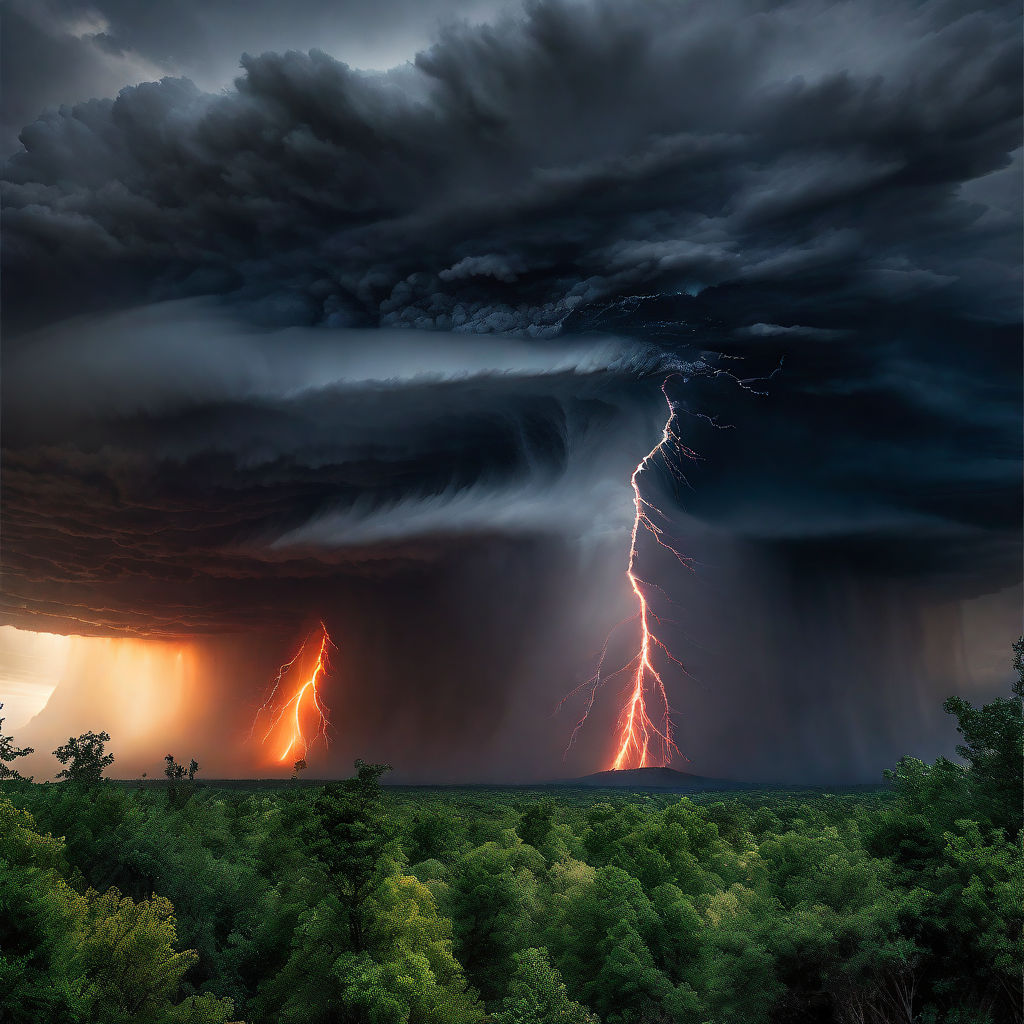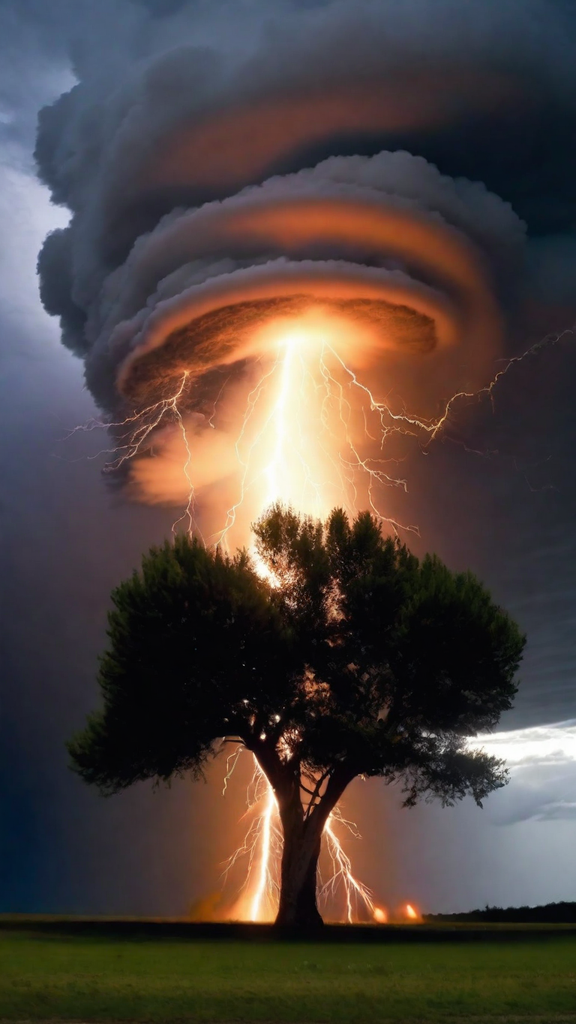The Unpredictable Wrath of Nature: Lightning Strikes

Nature, in all its beauty and wonder, occasionally reveals its awe-inspiring and formidable side through natural disasters. Among these forces, lightning strikes stand out as both mesmerizing and destructive, showcasing the raw power that exists in the atmosphere. This article explores the impact of lightning strikes, the science behind them, and the measures humanity takes to mitigate their devastating consequences.

Lightning, a sudden and powerful discharge of electrical energy in the atmosphere, occurs during thunderstorms when charged particles within clouds interact. The intense electrical discharge creates a visible streak of light accompanied by the unmistakable sound of thunder. While lightning is a fascinating natural phenomenon, it can also be highly destructive when it strikes the Earth’s surface.

Lightning strikes cause a range of destructive outcomes, including wildfires, structural fires, and damage to electrical systems. In the United States alone, thousands of wildfires are ignited by lightning each year, leading to significant environmental and economic consequences. Furthermore, lightning can cause fatalities and injuries when it directly strikes individuals or indirectly through contact with electrified surfaces.

Understanding the science behind lightning is crucial for developing effective prevention and safety measures. Thunderstorms create an environment where positive and negative charges accumulate within clouds and on the ground. When the electrical potential difference becomes too great, a lightning bolt forms, providing a path for the discharge of electricity. The intense heat generated by a lightning strike can exceed 50,000 degrees Fahrenheit (27,700 degrees Celsius), hotter than the surface of the sun.

As humanity grapples with the unpredictability of lightning strikes, efforts are underway to minimize their impact. Lightning rods, designed to attract and safely direct lightning away from structures, have been a longstanding method of protection. Additionally, advancements in meteorological technology allow for improved prediction and early warning systems, giving communities crucial time to prepare for incoming storms.

Ensuring public safety during thunderstorms involves educating individuals about lightning safety. Seeking shelter in sturdy buildings, avoiding open fields and bodies of water, and refraining from using electrical appliances during storms are essential precautions. Education campaigns and outreach initiatives play a vital role in raising awareness about the risks associated with lightning strikes and promoting responsible behavior during adverse weather conditions.

While lightning strikes remain a natural hazard, ongoing scientific research and technological advancements empower communities to better understand, predict, and mitigate the impact of these spectacular yet perilous events. Through a combination of education, safety measures, and technological innovation, societies can navigate the challenges posed by lightning strikes and continue to marvel at the incredible forces that shape our planet.



